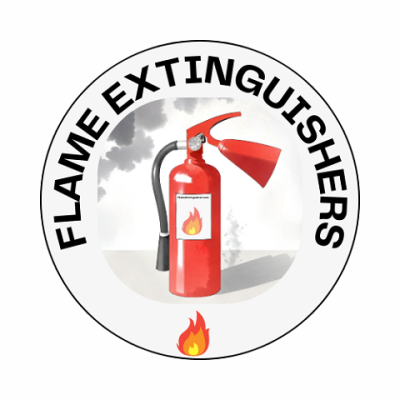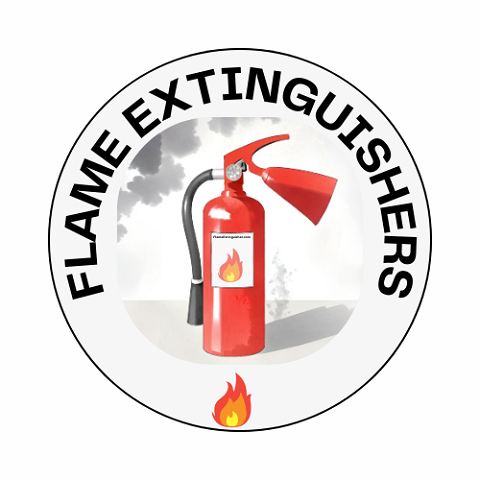In the heart of winter, the warmth of portable heaters can be incredibly comforting. However, it’s crucial to recognize that these common household items, while convenient, come with significant risks. Based on an analysis of data from the U.S. Fire Administration’s National Fire Incident Reporting System for the years 2017 to 2019, we can gain valuable insights into the impact of portable heater fires in residential settings.
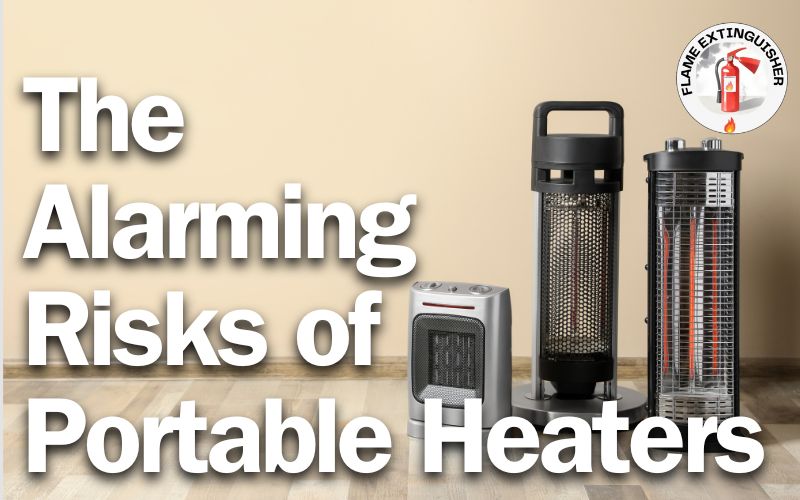
The Surprising Statistics of Portable Heater Fires
Interestingly, portable heaters are involved in a mere 3% of all residential heating fires. Yet, their consequences are disproportionately severe, contributing to 41% of fatal heating fires in homes. This alarming discrepancy underscores the need for heightened awareness and precautionary measures.
Where and When Do These Fires Occur?
Most portable heater fires start in bedrooms, accounting for 34% of incidents. It’s often the case that bedding, such as blankets and sheets, ignites due to being too close to the heat source. The peak time for these fires is in January, making up 25% of incidents, correlating with the colder weather.
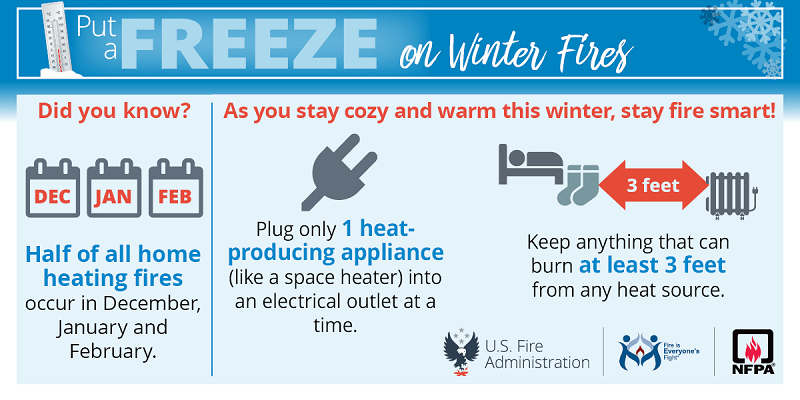
The Human Element in Fire Incidents Involving Portable Heaters
A critical aspect of these fires is their preventability. Nearly half (48%) of these fires are attributed to heaters being placed too close to combustible materials. This points to a need for better public education on safe heater usage.
Safety Tips for Portable Heater Use
- Distance Matters: Keep heaters at least 3 feet away from flammable items.
- Supervision is Key: Never leave a heater unattended and always turn it off before sleeping or leaving the room.
- Invest in Safety: Ensure smoke alarms are functioning in your home. Only 41% of homes in reported incidents had working smoke alarms.
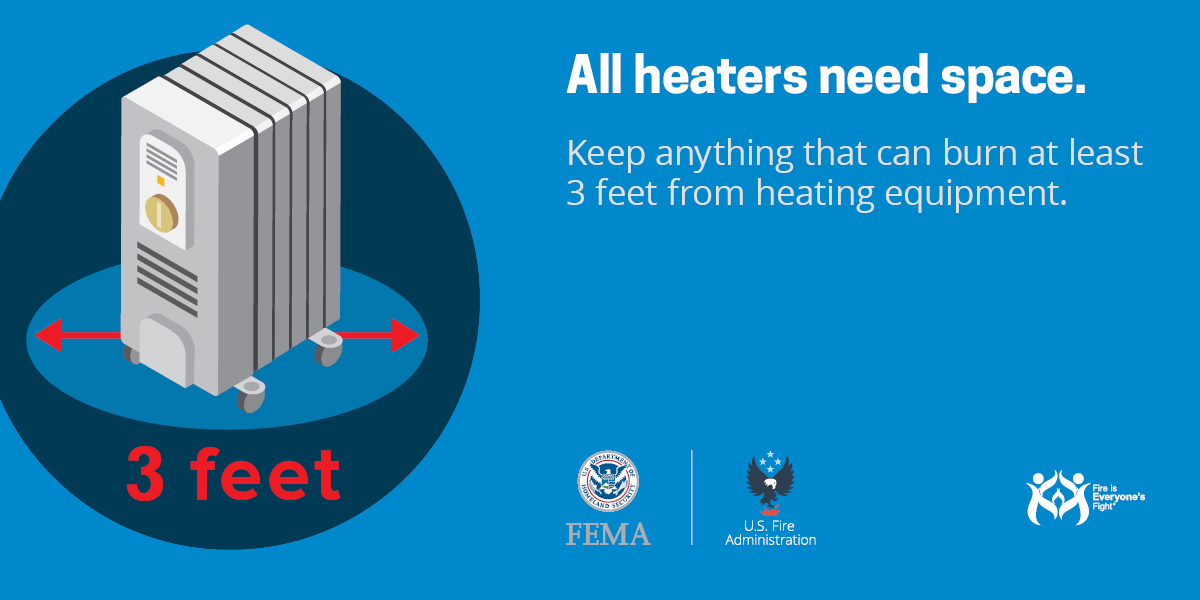
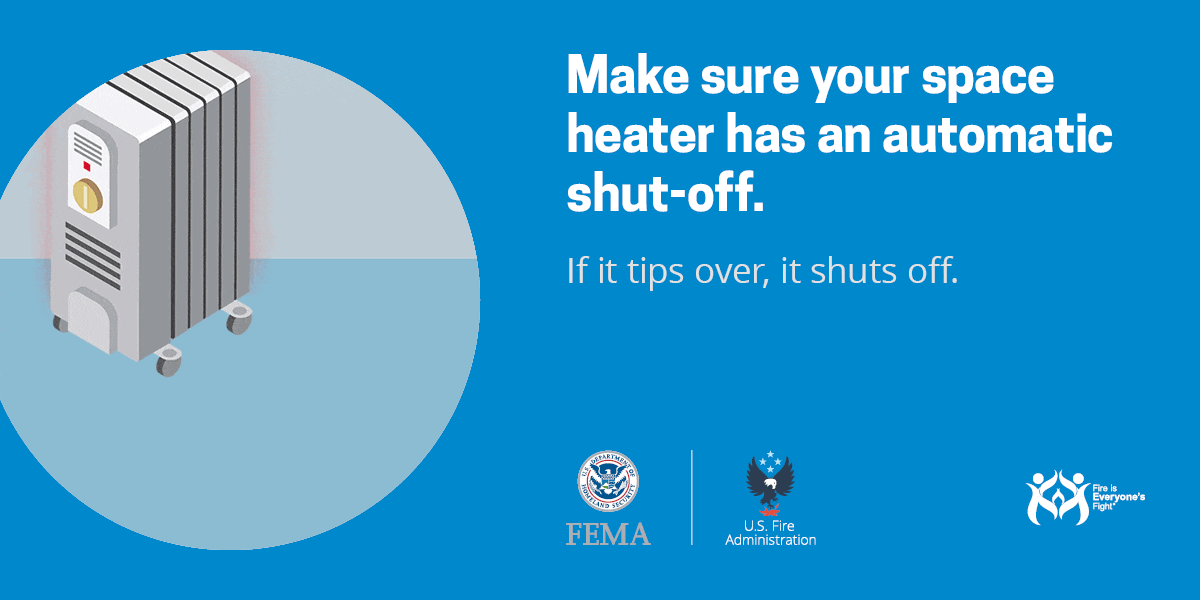
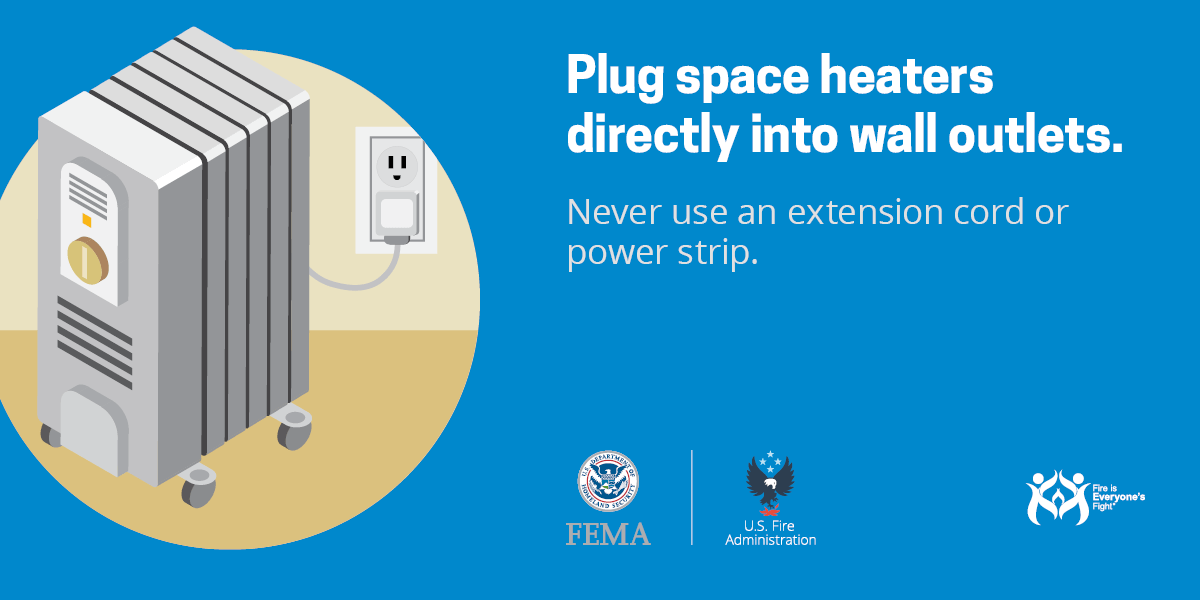
Safer Options for Portable Heaters
1. Low Wattage Space Heaters
Low wattage space heaters are generally considered safer because they produce less heat and are less likely to overheat, reducing the risk of igniting nearby combustible materials. These heaters are suitable for small spaces and can be more energy-efficient. However, it’s crucial to note that even low wattage heaters must be used with caution, especially around flammable materials.
2. Space Heaters Safer for Children
When it comes to safety around children, certain features make some space heaters a better option:
- Cool-to-Touch Exteriors: Heaters with exteriors that remain cool to the touch can prevent burns.
- Automatic Shut-off: Heaters that automatically shut off when tipped over or overheated add a layer of safety.
- Built-in Timers and Thermostats: These features allow for better control and prevent overheating by shutting the heater off at a preset time or temperature.
Models designed with these safety features in mind are preferable in households with children.
3. Indoor Propane Heaters
Indoor propane heaters can be safe if used correctly, but they carry specific risks. The most significant concern is the emission of carbon monoxide (CO), an odorless, colorless gas that can be deadly. To safely use indoor propane heaters:
- Ventilation is Key: Ensure adequate ventilation to prevent CO build-up.
- CO Detectors: Install carbon monoxide detectors in your home.
- Follow Manufacturer Guidelines: Always use the heater as instructed by the manufacturer.
- Proper Maintenance: Regularly check and maintain the heater to ensure it is functioning correctly.
It’s important to note that not all propane heaters are designed for indoor use. Always check if the heater is rated for indoor use before purchasing.
While there are safer options available in the market, the key to safety lies in proper usage and adherence to safety guidelines. Regardless of the type of portable heater, it is crucial to follow basic safety practices such as keeping the heater away from flammable materials, not leaving it unattended, especially with children or pets around, and ensuring working smoke alarms and carbon monoxide detectors are installed in the home.
Please note, the above information is based on general safety practices and guidelines. For specific product recommendations or advice, it’s recommended to consult with fire safety professionals or refer to consumer safety ratings and reviews.
Concluding Thoughts
While portable heaters are a convenient source of warmth, their potential for danger is significant. Understanding the risks and practicing safe usage can dramatically reduce the likelihood of tragic incidents. As we navigate the colder months, let’s prioritize safety in our warmth.
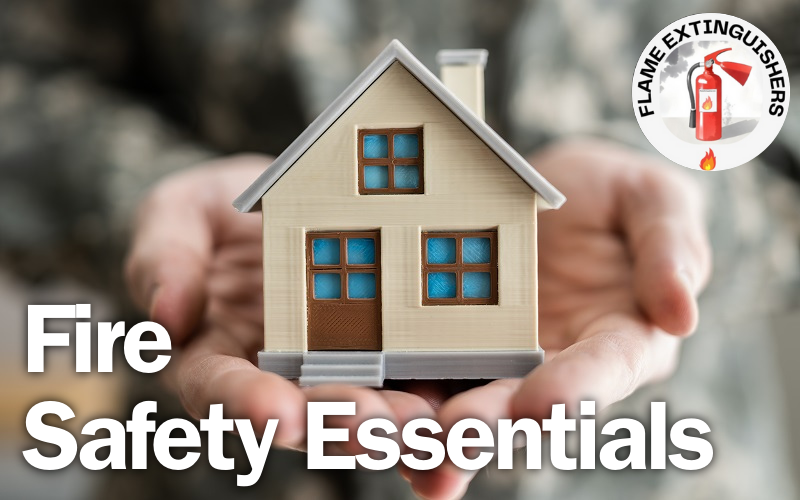
More Fire Safety Essentials
Ensuring your home is well-prepared for a fire emergency with all the proper fire safety essentials is crucial for the safety of you and your loved ones.

Term of The Day:
Carbon Monoxide (CO) Detector: A device that senses the presence of carbon monoxide gas, an odorless and colorless byproduct of incomplete combustion.
Proudly powered by WordPress
